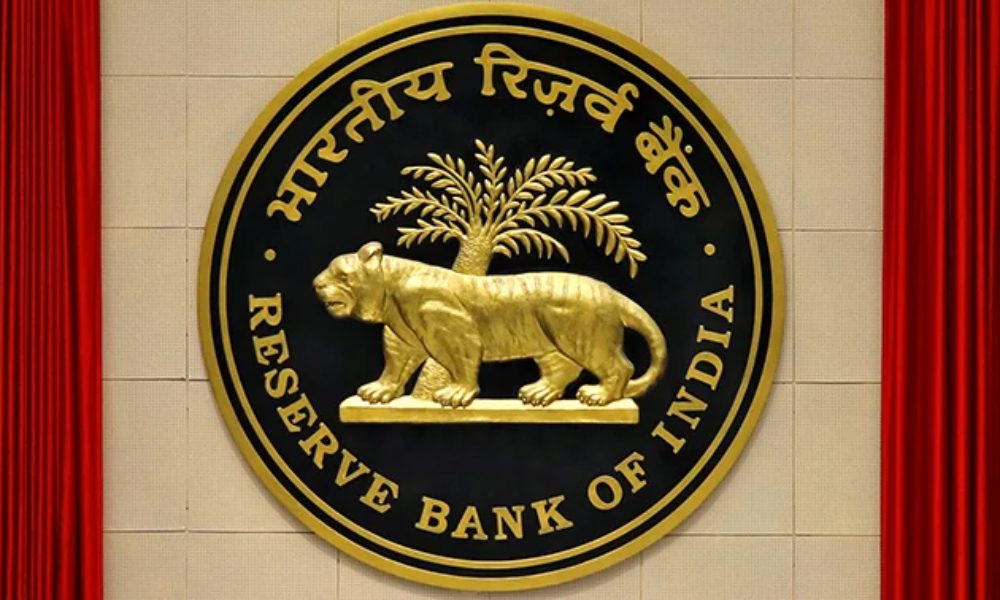New Dehli: India’s central bank has lowered interest rates for the first time in nearly five years. The move aims to counter slowing economic growth in Asia’s third-largest economy.
The Reserve Bank of India (RBI) reduced the repo rate from 6.5% to 6.25%. Many economists had predicted this cut.
The repo rate determines the interest rate at which the central bank lends to commercial banks.
Economic Slowdown
India’s GDP growth is expected to slow to a four-year low of 6.7%.
RBI Governor Sanjay Malhotra stated that the bank’s policy stance remains “neutral.”
This approach provides room for further rate cuts to support economic expansion.
Slowing investment growth and weak urban consumption have impacted India’s economic momentum.
Inflation and Demand
Corporate profits declined in the first half of this financial year.
Moderate inflation and strong rural demand are expected to support growth.
Good agricultural output may help stabilize the economy.
The rate cut might reduce borrowing costs for businesses and individuals.
Banking System Support
Lower rates could lead to cheaper mortgages and credit card interest.
The RBI injected $18 billion into the banking system to ease liquidity shortages.
A cash reserve ratio cut in December lowered the amount banks must keep with the RBI.
The Indian government announced a $12 billion tax cut for the middle class.
Challenges Ahead
Despite rate cuts, the government plans to limit spending to reduce the budget deficit.
Economists expect further RBI rate cuts of 0.5% to 1% to sustain growth.
Global uncertainties, such as US tariff policies, pose economic risks.
Heavy foreign investor outflows have weakened the Indian rupee in recent months.
Currency Concerns
The rupee is trading near record lows due to investor withdrawals.
Lower interest rates could further weaken the currency.
The RBI faces challenges balancing growth support and currency stability.
India’s economic future depends on both domestic reforms and global market conditions.












